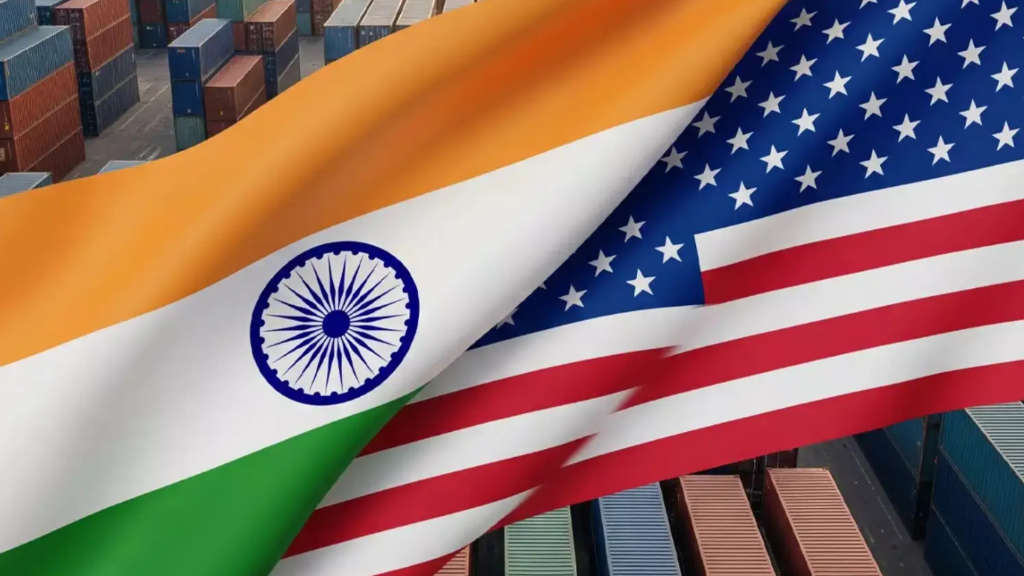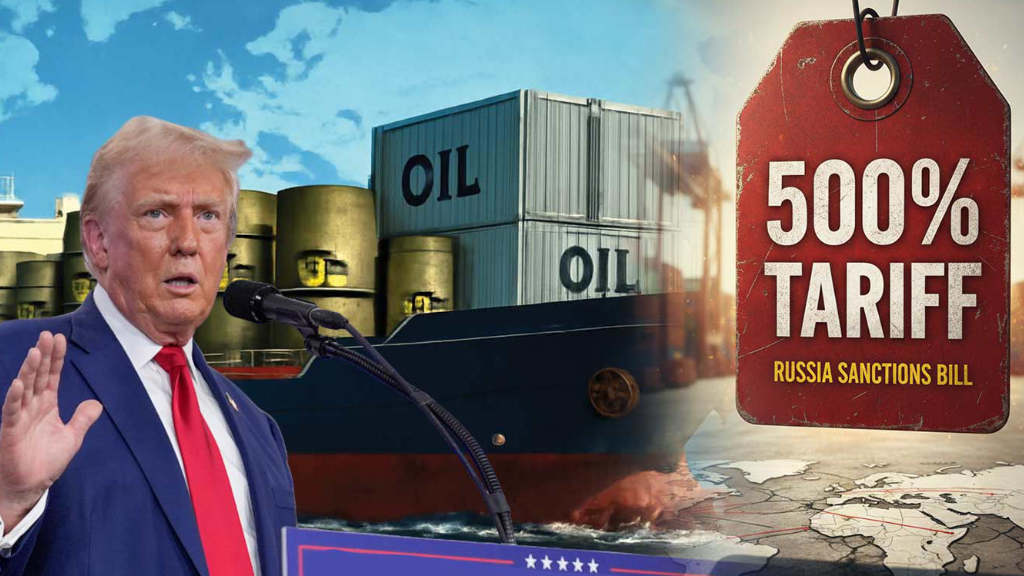August 6 update: The US President, Donald Trump, has now imposed tariffs of 50% on Indian imports with immediate effect.
The US President, Donald Trump, has issued a threat of 25% tariffs, plus an additional, as yet unannounced tariff to be placed on Indian imports to the United States from 1st August 2025. We analyse the likely impact and the implications for India, the United States and Russia.
Background
This tariff threat is not in fact new – Trump originally proposed these tariffs on Indian products back in March but delayed imposing them until the end of July. In the interim period, the two sides have been engaging in trade talks with a view to an agreement – but Trump’s deadline has had the effect of imposing the deadline. The additional, undisclosed tariff is apparently to punish India for being a member of BRICS, and its rate is, as yet, unknown.
The tariffs are meant to punish India in three areas: to pressure it to open up its markets to US products; to punish it for buying Russian oil, and for being a member of BRICS, which Trump has described as an ‘anti-American alliance’. We also perceive a move to push Indian and US investment into other markets.
The Indian parliament, the Lok Sabha, have been debating the issue today (July 31) to discuss the situation, with early signs suggesting a somewhat vociferous response. Trump further inflamed Indian feelings by suggesting that the Indian economy is ‘dead’ and that he would engage with trade preferences with Pakistan instead – not exactly diplomatic language and one calculated to inflame passions, possibly to panic Indian politicians into making a deal, but also to encourage Indian investors to look at alternative markets.
The Economics
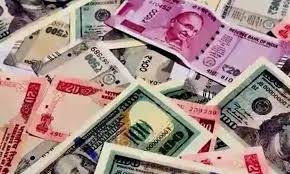
India is the world’s third largest economy in PPP terms with a projected 2025 GDP (PPP) of US$21.87 trillion. Its GDP growth for the year is expected to be about 7%, making it one of the fastest growing economies in the world at this current time.
Indian exports to the United States were worth some US$129 billion last year, made up of specific strategic categories in pharmaceuticals, electronics, auto components, and jewellery the main categories. The proposed tariffs look set to impact about 10% of all Indian exports to the United States, meaning an actual target area value of about US$12.9 billion of goods would actually be affected. That would add an extra US$3.225 billion in import duty costs to Indian goods entering the US marketplace. This is an absorbable amount for the Indian economy, although it would create political pressures within India concerning support for the affected industries. However, the as yet unannounced ‘extra’ tariff could increase this burden. It should be noted though that the Indian Prime Minister, Narendra Modi, enjoys considerable political support in India and also has an astute business background. He would be likely to deflect any internal political challenges arising from increased tariffs created by US actions.
The main affected industrial sectors are as follows:
Oil Refining

This sector impacts Russia, with the United States wanting to place tariffs on India’s oil refineries, which process a large amount of Russian oil. India sources 37% of its total oil imports from Russia, making it an important client for Moscow (it should be noted that oil exports account for about 2.9% of Russia’s GDP – it exports far more LNG). Tariffs would impact Indian state-owned refineries Indian Oil, Bharat Petroleum and Hindustan Petroleum, as well as significant privately owned companies such as Reliance Industries. India then resells the refined Russian crude onto international markets. Tariffs in this sector would reduce India’s refining profitability. For an interesting take on India’s position within the global energy market, this short clip from Indian Energy Minister Hardeep Singh Puri is worth a listen here
There are two issues here, as the US doesn’t import significant amounts of refined oil from India, but interestingly, India’s oil imports from the US jumped over 270% year-on-year in the first four months of 2025. The aim of placing tariffs on Indian crude would appear to be to potentially create a price increase – which would benefit US refiners, which currently provide about 21% of global production. That said, this would be diametrically opposed to the EU position of imposing a price cap.
We suspect that the oil sector will instead be hit by the as-yet unannounced additional tariffs rather than the United States raising its import duties on Indian oil, meaning we will have to wait and see what happens here. But at face value, it appears to have no impact on Russian oil exports to India, would possibly damage Indian refiners’ profitability, and therefore encourage them to find new, non-US markets – which is already being done. A potential global rise in refined oil prices seems the logical conclusion.
Pharmaceuticals
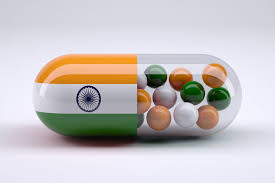
India is a world-leader in pharmaceutical manufacturing, mainly generic drugs, although as covid illustrated, it is capable of providing huge quantities of vaccines. US exports amount to about US$8 billion per annum, with Sun Pharmaceuticals, Dr.Reddy’s and Cipla, three powerful Indian MNCs earning about 30% of their revenues from the US market. Tariff increases would increase political pressure within India and would also negatively impact US retail prices.
Electronics

India is a major global supplier of electronics, and a leading source of finished smartphones to the United States, including Apple products. India exported US$12.33 billion of electronics to the United States in 2024. Imposing 25% tariffs on imported electronics from India would substantially damage profitability models for US companies invested in India and supplying the US market. It would also be likely to hinder sourcing of related component parts for US made products in everything from autos to computers. The motivation appears to be possibly persuading American companies to invest in manufacturing in more controllable global economies, and ideally back to the United States itself.
Textiles

India has a significant garments industry sector, including ready-made garments, knitted and woven fabrics, home textiles, and fashion accessories. It exported about US$36 billion worth of these products to the US in 2024. This would create problems in India’s textiles and garments sector as it employs about 45 million people. US buyers and brands invested in India would also need to source and possibly relocate to other markets.
Pakistan
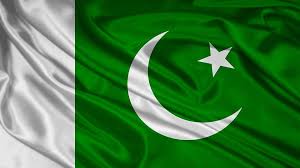
Trump mentioned that the United States has invested in Pakistan’s energy sector – an agreement was reached yesterday (July 30) and that ‘Pakistan could eventually export oil to India’ – a jibe that will have not gone unnoticed in New Delhi. In fact, Pakistan’s oil reserves are the 53rd largest globally with an estimated 332 million barrels. India ranks 23rd globally with reserves of 4.5 billion barrels.
US Dollar Usage
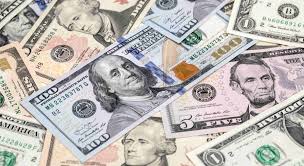
Trump has mentioned that the BRICS are ‘anti-American’ and ‘anti-US dollar’ although the dropping of the USD in global trade with Russia was created by US sanctions on Russia and the terminating of its SWIFT financial supply chain. There is little that the United States can do in this regard, despite the rhetoric, as the US cannot insist that India refrains from using its own currency – the rupee – in trade with other countries.
Summary
Trump’s 25% tariffs on Indian imports will create some political headaches for Prime Minister Modi, especially within India’s large agricultural sector, with impacts on India’s significant garments sector – cotton, jute, silk and wool affecting millions of workers. Other than this, much of the repercussions will either bypass any meaningful impact on the Indian economy, likely creating a loss of income for American investors in India. That policy of forcing US supply chains to relocate to more favoured political destinations has been used by Washington in the past, with the primary example to encourage manufacturing devolution from China.
When looking at the proposed tariff measures, and the manner in which they were announced, there is an underlying implication that even Trump doesn’t take them entirely seriously – there is a tongue – cheek, ‘wind up’ nature about his remarks. What is noticeable is that they are little to do about Ukraine, and more to do with poking India with a stick. Any benefits for the US appear to be longer term and ‘encouraging’ US overseas investors to seek alternative markets – with a possible motive of directing a flow of much-needed foreign investment into Pakistan.
The only caveat in this assumption is the unannounced ‘BRICS tariff’ – although we find it hard to see how the United States can impinge upon intra-BRICS trade. In fact, a more likely scenario is that to offset the loss of any US exports, particularly in the textiles sector, Indian investors may be more mindful to increase their overseas investments within the BRICS group – and gradually begin to seek investor relations with Pakistan. If this is the real aim, then Trump may well be more politically astute than most politicians realise.
Further Reading

